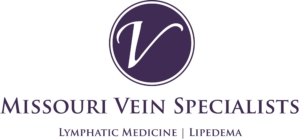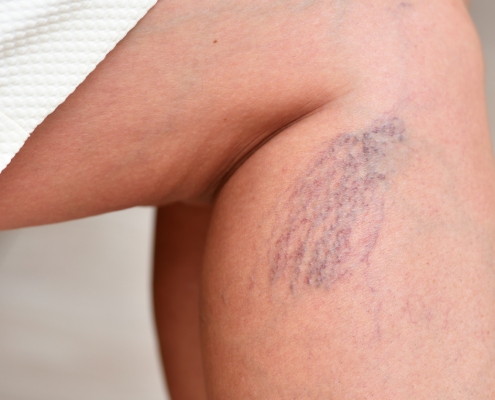
When Should I Be Concerned About Varicose Veins?
Veins that are unnaturally large, twisted, and visible on the surface of the skin are called varicose veins. Our veins work against gravity to return blood to the heart from the limbs. Valves are located throughout the veins, and they help to…
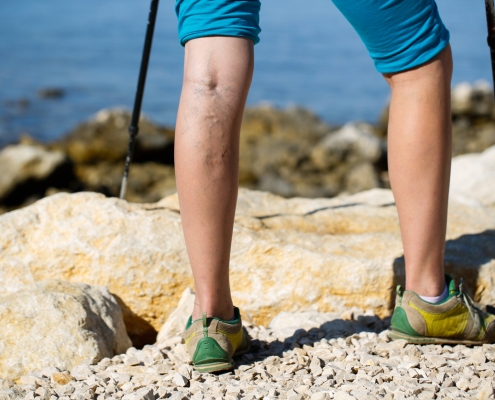
Are Varicose Veins Dangerous?
Many people ignore the fact that they have prominent, bulging veins on their legs. If you have them, you may figure they’re just a fact of life as people get older, and that there’s nothing you can or should do about it.
But those varicose…
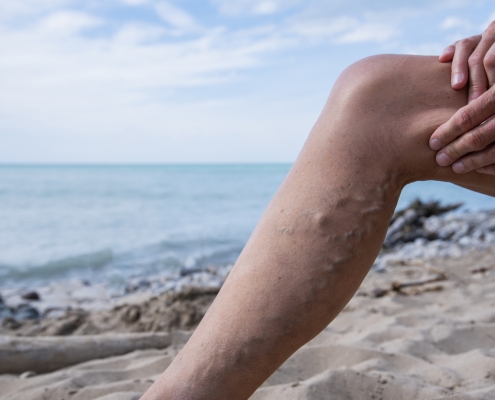
How to Prevent Varicose Veins
People think of varicose veins as an inevitable consequence of aging. The good news is that while these swollen, gnarled veins are more likely to appear as we grow older, they are actually avoidable – and, if you do get them, they are definitely…

What Can a Vascular Ultrasound Detect?
A vascular ultrasound is a safe and noninvasive procedure used to examine blood circulation around the body. Its main purpose is to evaluate blood flow to specific organs and tissues in your body, and to detect and locate any blockages or abnormalities…

How to Prevent Varicose Veins from Getting Worse
Many people think of varicose veins as a natural and harmless symptom of aging. However, this condition is not always harmless – it can cause discomfort and can contribute to poor circulation, leading to potential skin ulcers and blood clots.
Fortunately,…

Varicose Veins and Spider Veins Are Not the Same
Varicose and Spider Veins plague a great number of American Adults: as many as one in three adults complain of some form of venous insufficiency. Although many experience symptoms after turning 50, it’s not uncommon for younger individuals…
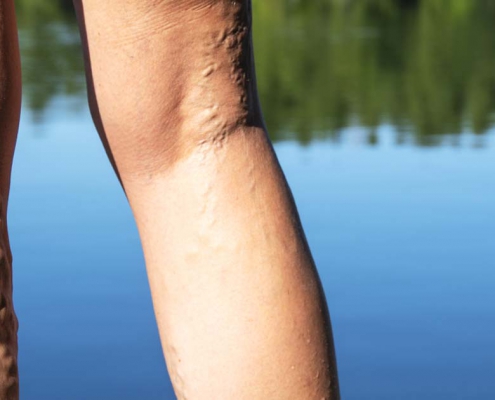
The Hidden Dangers of Untreated Varicose Veins
Painful varicose veins can be a sign of a more serious problem, such as a blood clot, or a skin infection. If you have a varicose vein that is becoming painful, it could be a clue that something more serious is happening and you should see…
